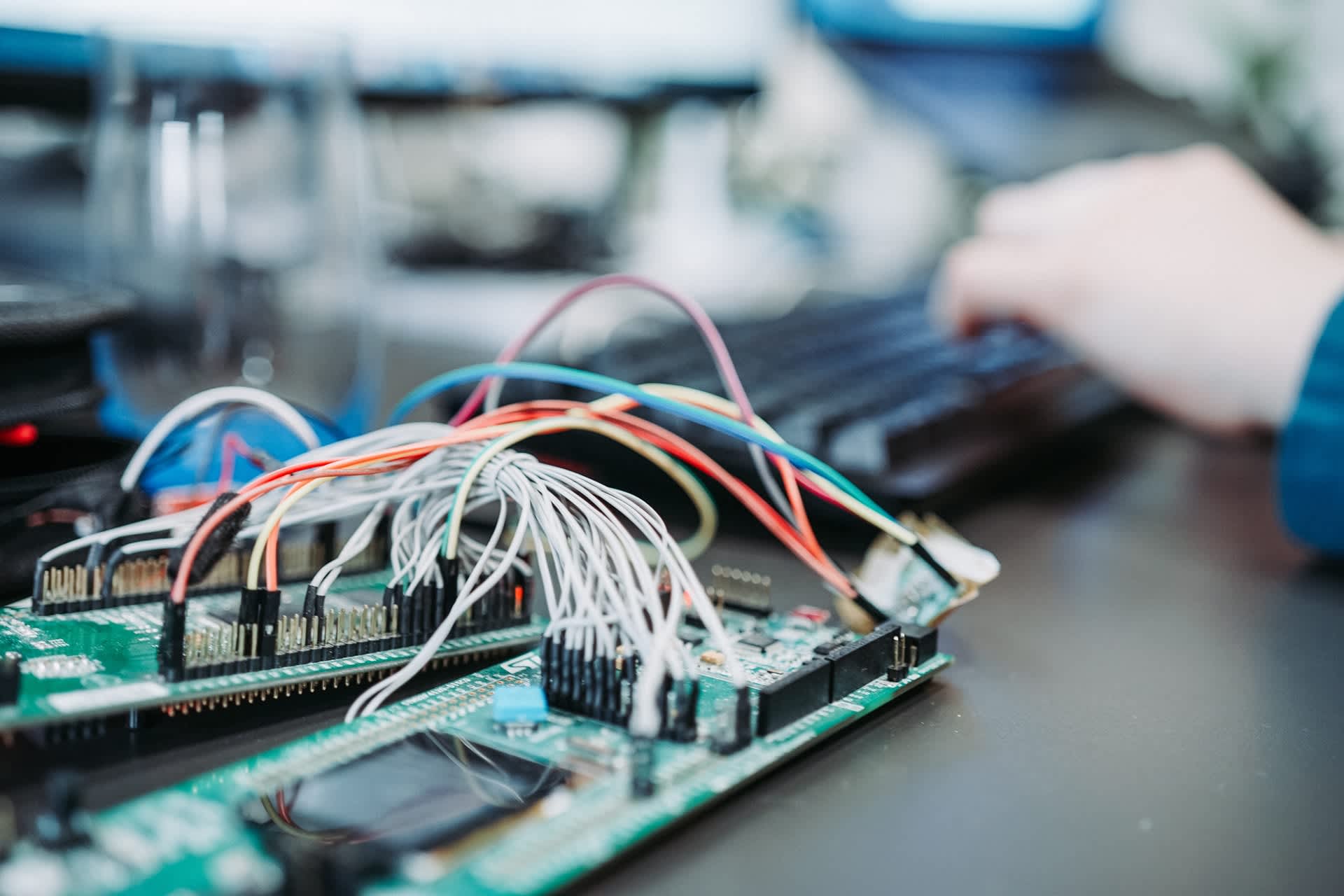It's no secret that the tech industry is full of jargon and unclear terms that most often seem confusing to people outside of the industry.
While many of these terms have straightforward meanings, other definitions can cause some trouble even for those who are tech-savvy. Those ambiguous terms can often lead to confusion and misunderstandings, and end up being thought of as buzzwords more than meaningful definitions.
That's why in this article, we're going to take a closer look at the term IoT (Internet of Things) – how people usually understand it, and the actual meaning that hides under an often unclear definition.
What is IoT?
The term "Internet of Things" generally describes the connectedness of devices to the internet without human intervention. For example, internet-connected thermostats in homes or internet-connected sensors are both examples of IoT in action. The definition is so broad that it could encompass millions of different devices.
Check out our list of IoT trends to watch out for >>
The rise in internet-connected devices stems from new 4G LTE and 5G cellular networks. With lower power requirements, manufacturers can install these cellular modems on much smaller machines, providing internet connectivity. At the same time, faster transaction speeds and lower latency opened the door to a wider variety of potential use cases.
IoT technologies help devices communicate with the broader internet rather than nearby machines. That way, devices can leverage everything from cloud storage to store massive amounts of data to machine learning services to translate the data into actionable insights. The result has been an explosion in new capabilities.
IoT vs. Connected vs. Smart
Many people believe IoT devices are synonymous with "connected" or "smart" devices.
While the terms may sound similar, there are some critical differences to keep in mind. For example, some devices could be smart without being connected, or connected without being IoT. Understanding these differences can help improve communication.
Smart
Smart devices provide some automation for specific use cases, such as for example an appliance with an intuitive user interface. These devices may not require an internet connection to provide added functionality, which distinguishes them from IoT devices.
Connected
Connected devices communicate using any connection, including Bluetooth, WiFi, cellular, or even Ethernet. Since they don't automatically default to the internet for connectivity, they don't necessarily fall under the IoT category.
Internet of Things
IoT devices communicate with a local network or the broader internet. As a result, they are a category that's more scalable, upgradeable, and future-proof "smart" and "connected" devices.
There are also subsets of each of these categories. For instance, Smart Home devices may connect appliances, thermostats, and other home devices to the Internet. And the Industrial Internet of Things (IIoT) represents IoT technologies in the workplace, enabling control over machines and other capabilities (discussed in greater detail below).
Examples of IoT Technologies
The Internet of Things has grown into a multi-billion dollar industry with billions of connected devices over the past few years.
According to Statista's study, the number of IoT devices will grow from about ten billion in 2021 to more than 25 billion by 2030. And consumer devices, such as smart home appliances or wearables, will account for about 60% of the market.
Some examples of IoT devices include:
Connected vehicles: Connected vehicles use IoT technologies to install remote software updates, communicate maintenance requirements, or even create caravans of cars to improve traffic flow and reduce congestion.
Wearables: Wearables use IoT technologies to connect data from smartwatches or other products to the internet for storage and analysis. For example, a smartwatch could send heart rate data to a cloud service that computes a resting heart rate.
Smart Home: Smart home technologies use IoT to do things like remotely control thermostats or look up recipes with a screen on the fridge door. These technologies are one of the fastest-growing subsets of the IoT industry.
How IoT Might Evolve
As cellular networks improve and more use cases come to market, there will be a growing ecosystem of sub-terms to describe different types of IoT devices. These terms will help improve communication by providing greater clarity, ultimately helping improve understanding for consumers and businesses.
In addition, IoT will continue to unlock new benefits across a growing number of industries. For example, the rise of Big Data and cloud computing is opening the door to new levels of analytics, such as wearables that can detect medical emergencies and alert first responders.
And finally, the networks that IoT devices connect to will also continue to evolve to improve scalability, speed, and latency. 5G networks are already unlocking far greater speeds and capacities with lower power requirements than 4G LTE, while IPv6 will support open architecture, advanced security, and higher reliability.
Summary
IoT is a term that describes any devices connected to the internet that don't involve human intervention. These days, the phrase describes many different types of devices, including smart homes, connected vehicles, and wearables. As a result, it's worth diving into distinct subsets of the term to improve clarity and understanding.
If you're interested in developing IoT technologies, Intent is a leader in smart and connected devices, including wearables. Our team has over a decade of experience in delivering connected device projects to market, from conceptualization to building digital products that work with physical devices. Contact us for a free consultation!

Greg Cargopoulos
Marketing Lead

